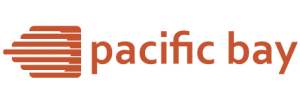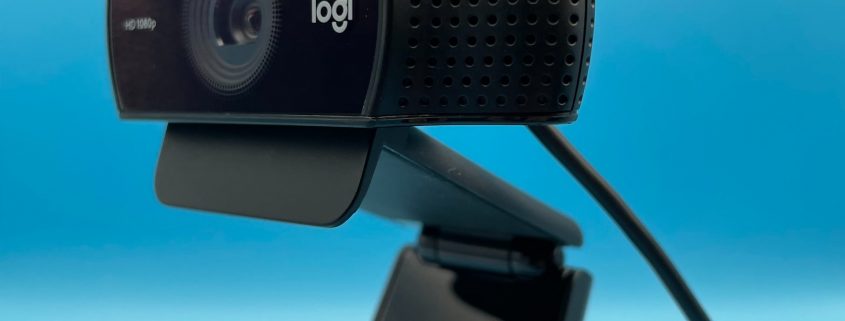Gangnam Nightlife: Late Hours With Style and Sound
Seoul’s most famous southern district carries a reputation that stretches far beyond music videos and pop culture references. Gangnam nightlife blends polished hospitality, music-driven venues, and late-hour dining in a way that rewards both first-time visitors and seasoned regulars. The area attracts professionals after work, travelers who want a full evening without guesswork, and locals who treat a night out as a small project in planning and taste. The central idea is straightforward: Gangnam offers range. Clubs with major sound systems sit a few streets from calm lounges, and food options run from charcoal barbecue to delicate patisserie, even at midnight. The following guide sets expectations and offers practical context so readers can shape a night that matches their pace.
Where Gangnam Nightlife Starts
Most evenings begin near major subway hubs such as Gangnam Station, Sinnonhyeon, and Samseong. These crossroads support a steady flow of restaurants, 역삼 야구장 bars, and late-night cafés. A visitor might ask, where should the first hour be spent to set the tone for the rest of the night? A simple rule helps: start with comfort. Pick a street-level venue that posts menus at the door, check prices, and note the crowd. If the room hums but still allows conversation, it suits a warm-up round. For a more upscale start, Cheongdam-dong and Apgujeong Rodeo Street offer refined rooms that focus on cocktails, sound quality, and attentive service.
Clubs, Lounges, and the Music Mix
Gangnam’s clubs lean into rhythm-forward formats: house, electronic dance, and hip hop. Weekends draw lines at peak times, and door staff often manage entries to keep rooms balanced. The practical question is whether to reserve. Many venues accept table bookings, which bring a minimum spend but provide space and service that keep the evening on track. Lounges offer another path: lower volume, strong bartending, and a guest profile that ranges from colleagues out for a quick round to couples closing a late dinner. Some rotate guest DJs, while others favor curated playlists. In either case, sound remains a point of pride, and acoustics often receive as much attention as décor.
Late-Night Dining and Snacks Between Sets
A night in Gangnam usually includes food at more than one point. Charcoal-grilled pork belly, seasoned chicken, hearty stews, and skillet dishes appear on many menus until late. Between clubs and bars, snack shops sell kimbap, skewers, and hot soups that reset energy without slowing the evening. Why does food matter so much to the night scene here? Because the pace is long. A balanced night might include a light dinner, a mid-evening snack, and a final bowl of noodles before heading home. This rhythm supports social time without the sharp peaks and valleys that can cut an evening short.
Etiquette, Dress, and Practical Matters
Dress codes vary. Some clubs prefer sharp casual with closed shoes, while many bars welcome sneakers and streetwear. Staff maintain polite but clear standards; arriving early avoids long lines and dress disputes at the door. Age checks are routine, and guests should carry identification. Smoking is restricted, and designated areas are clearly marked. Staff respond well to direct, courteous requests, and tipping remains optional rather than expected. Payments are widely cashless, and many venues support table ordering by app or QR code.
Getting Around After Midnight
The subway winds down near midnight, so late travel relies on taxis and ride-hailing. Major intersections make pick-ups straightforward, but demand spikes at closing time. If a group plans to visit multiple venues, choosing a base around Gangnam Station or Samseong can reduce transit time to short walks. Does it pay to stay in one micro-area all night? Often yes. Concentrating within a few blocks keeps the momentum and avoids the fatigue that comes with long transfers.
Budget and Planning for Different Styles
Costs vary with room type and time. A casual beer and snack carry a modest bill; table service at high-profile clubs can run higher. Visitors who prefer measured spending can aim for early-evening specials or weekday visits, when seats open easily and cover fees may be lower or waived. Groups should agree on a simple plan for bills before the second venue. Splitting evenly reduces confusion and keeps focus on the night rather than the math.
Safety and Courtesy
Gangnam’s streets remain busy until late, and most venues staff security and floor teams who move quietly but efficiently. Guests support that order by staying aware, watching belongings, and pacing drinks. Water is readily available, and staff do not hesitate to call assistance if needed. Courtesy extends outside as well; residential towers sit near entertainment blocks, so keeping street noise low after hours helps maintain the careful balance that lets nightlife and daily life share the same space.
A Night That Suits You
Gangnam nightlife works best when it reflects personal tempo. Set an aim—conversation, music, or a mix—and build around that. Ask: do you want a long arc with three venues, or a single room with steady service and familiar sound? Either path can work. The district’s strength lies in choice, and with a little planning, late hours here feel orderly, not rushed. That sense of control, combined with reliable service and polished sound, keeps people returning for the next round.







